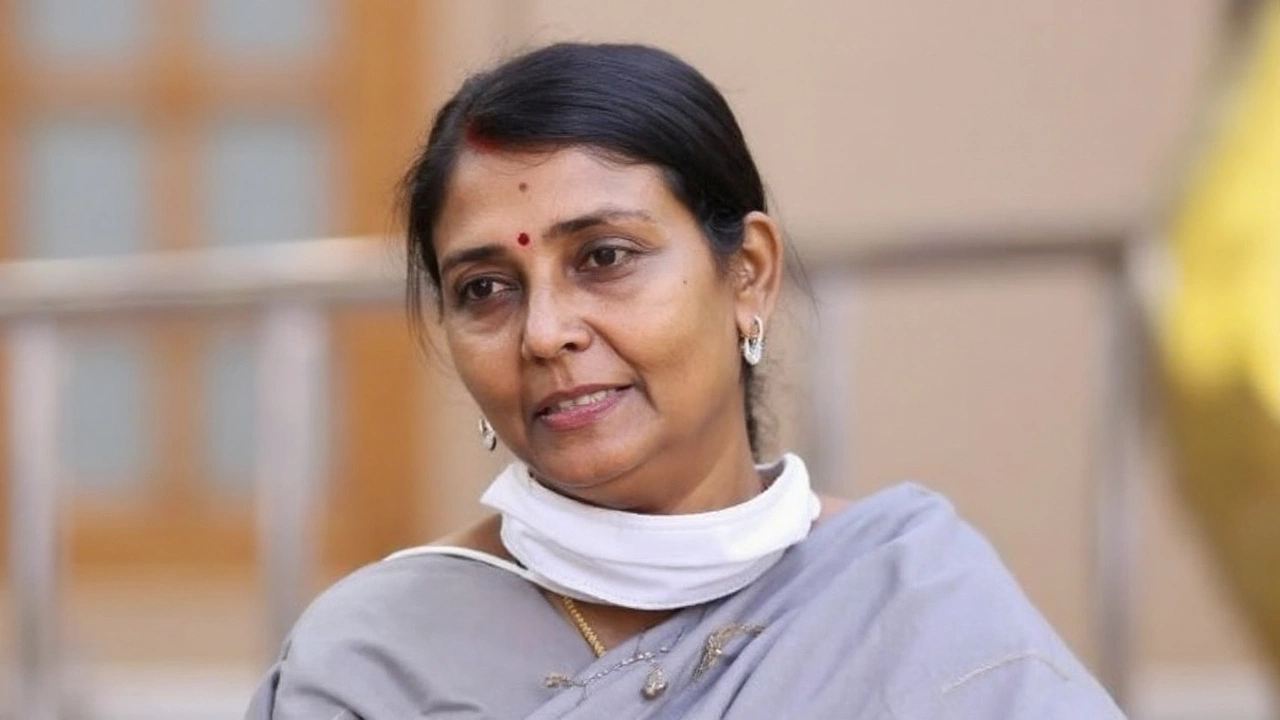Social Issues in India: What’s Really Happening
Every day millions of people in India face problems that keep them from living with basic dignity. From unreliable power and unsafe drinking water to crowded hospitals and schools, these are not distant statistics — they shape how people eat, work, learn and raise kids. This page brings together reporting and analysis on those struggles, with practical context so you can understand what’s broken and what’s changing.
Poverty is the most visible thread. When a family can’t afford food or clean water, everything else falls behind. Education gaps follow: kids miss classes because they need to work or because schools lack toilets or teachers. Healthcare shortages mean treatable illnesses become emergencies. Combine that with gender-based violence, caste discrimination, and mental health stigma, and you get a daily reality that many media headlines don’t fully explain.
Why do these problems persist? It’s not one single cause. Weak local infrastructure, poor planning, and corruption make public services unreliable. Rapid urbanization strains city services while rural areas get left behind. Social norms and discrimination stop certain groups from accessing help or jobs. And climate events — floods, droughts — push vulnerable families deeper into crisis. These factors feed on each other, so a solution for one area often helps another.
What does that look like on the ground? A kid may skip school when the nearest school lacks toilets or safe transport. A small shop owner loses income during repeated power cuts. A pregnant woman travels hours for a hospital bed. These concrete examples show why policy numbers matter: they translate into daily choices and risks for real people.
What’s being done
There are steps that make a difference. Government programs like free midday meals, basic insurance schemes, and sanitation drives have helped millions. Local NGOs and community groups often fill gaps quickly—running health camps, teaching livelihood skills, or organizing clean-up drives. Technology is also useful: digital payments, mobile health services, and online learning expand reach in places where physical infrastructure lags. The change is uneven, but progress is real in many districts and towns.
How you can pay attention and help
Start local. Read trustworthy local reporting and first-person stories to know where help is needed. Support credible charities that work directly with communities or volunteer time for nearby initiatives. When you vote, ask candidates about concrete plans for schools, clinics, and water systems. Small actions matter: helping fix a school toilet, mentoring a student, or donating to a local health camp can change one person’s future.
If you want a detailed, on-the-ground perspective, check out pieces like "Why is life in India pathetic?" which collect real stories about daily struggles and government responses. This category collects those articles so you can follow developments, compare solutions, and see which ideas actually improve lives. Keep asking questions, look for local evidence, and support efforts that help people right now.

Travel Influencer Anunay Sood Dies in Las Vegas at 32, Final Post Before Death Goes Viral
Travel influencer Anunay Sood, with 1.4M Instagram followers, died at 32 in Las Vegas after a drug-induced organ failure. His final post before death went viral, sparking global grief and debates on digital mental health.

Tamil Nadu IAS Officer Beela Venkatesan, COVID‑19 Hero, Dies at 56 after Brain Tumor Battle
Beela Venkatesan, the IAS officer who became the face of Tamil Nadu's COVID‑19 response, died on September 24, 2025, at 56 after a long fight with a brain tumor. Born into a politically active family, she shifted from medicine to the civil services in 1997 and held key posts in health, energy and taxation. Her calm daily briefings during the pandemic earned her statewide respect. As Health Secretary she launched digital health reforms and cut dengue cases dramatically. Leaders across the political spectrum mourned her, calling her a compassionate, competent public servant.

Why is life in India pathetic?
The article discusses the struggles faced by the people of India on a daily basis. It points out the lack of basic resources like water, electricity and sanitation, as well as the difficult economic conditions in the country. It also talks about the issues related to education, healthcare and infrastructure. It highlights the harsh reality of life in India and also talks about the various efforts made by the government to improve the overall quality of life in the country. It concludes by stating that though the situation has improved over the years, much more needs to be done to make life in India more bearable.
Categories
- Social Issues in India (3)
- Sports (3)
- Business & Markets (2)
- Weather & Climate (2)
- History and Politics (1)
- Quick and Easy Indian Breakfast Recipes (1)
- Food and Culture (1)
- Road Safety & Transportation (1)
- Cultural Experiences/Travel & Living Abroad (1)
- Technology Reviews (1)
Popular Articles


